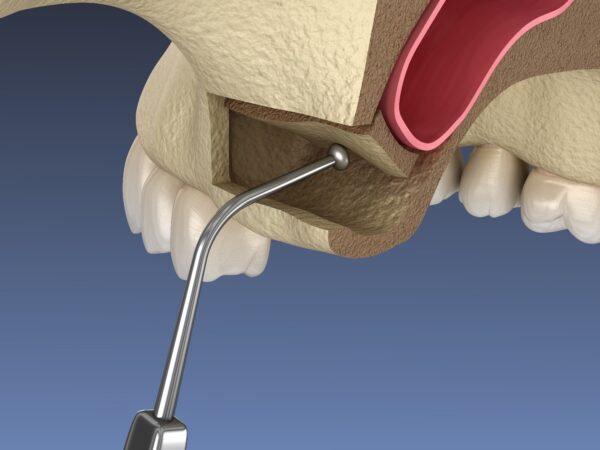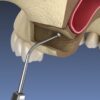

Free
Embark on a transformative journey with our exceptional range of medical treatments. As a leading medical tour operator, we offer a comprehensive selection of world-class treatments and procedures to address your unique healthcare needs. From advanced surgeries to cutting-edge therapies, our team of experienced professionals is dedicated to providing top-notch care and ensuring your comfort and satisfaction. Discover a new level of healthcare excellence with our tailored treatment options. Book now to start your journey towards a healthier and happier you.
Bone grafting is a surgical procedure that involves the transplantation of bone tissue to repair and rebuild diseased or damaged bones. It is a versatile procedure used to address a wide range of conditions, including fractures, infections, spinal fusion, and joint problems. The bone tissue used for grafting can be obtained from the patient’s own body, a donor, or synthetic sources.
The procedure involves the transplantation of bone tissue to the affected area, where it acts as a filler or scaffold for new bone growth. The bone graft material can be obtained from various sources, including the patient’s hips, legs, ribs, or from synthetic bone substitutes. Over time, the graft material integrates with the surrounding bone tissue, promoting the regeneration and healing of the affected area.
Bone grafting is suitable for individuals with conditions such as fractures, bone defects, infections, trauma, joint problems, and spinal fusion. It is also used to address birth abnormalities and benign tumors and cysts. The type of bone graft used depends on the specific condition being treated and the patient’s individual circumstances.
Bone grafting may not be suitable for individuals with certain medical conditions or those who may not be suitable candidates for surgical procedures. Specific considerations and contraindications should be discussed with a healthcare provider to determine the most appropriate treatment approach based on individual circumstances.
Before undergoing bone grafting, individuals should discuss the choice of bone source with their healthcare provider, whether it is from their own body, a donor, or a synthetic source. Preoperative care may also involve discussions about potential risks, preoperative preparations, and the choice of anesthesia.
Following bone grafting, individuals should adhere to postoperative care instructions provided by their healthcare provider. This may include guidelines for managing discomfort, monitoring the healing process, and attending follow-up appointments to ensure proper recovery and the effectiveness of the procedure. It is important to follow any specific instructions related to the type of bone graft used and the expected recovery timeline.
Only logged in customers who have purchased this product may leave a review.
Bone grafting is a surgical procedure that involves the transplantation of bone tissue to repair and rebuild diseased or damaged bones. It is a versatile procedure used to address a wide range of conditions, including fractures, infections, spinal fusion, and joint problems. The bone tissue used for grafting can be obtained from the patient’s own body, a donor, or synthetic sources.
The procedure involves the transplantation of bone tissue to the affected area, where it acts as a filler or scaffold for new bone growth. The bone graft material can be obtained from various sources, including the patient’s hips, legs, ribs, or from synthetic bone substitutes. Over time, the graft material integrates with the surrounding bone tissue, promoting the regeneration and healing of the affected area.
Bone grafting is suitable for individuals with conditions such as fractures, bone defects, infections, trauma, joint problems, and spinal fusion. It is also used to address birth abnormalities and benign tumors and cysts. The type of bone graft used depends on the specific condition being treated and the patient’s individual circumstances.
Bone grafting may not be suitable for individuals with certain medical conditions or those who may not be suitable candidates for surgical procedures. Specific considerations and contraindications should be discussed with a healthcare provider to determine the most appropriate treatment approach based on individual circumstances.
Before undergoing bone grafting, individuals should discuss the choice of bone source with their healthcare provider, whether it is from their own body, a donor, or a synthetic source. Preoperative care may also involve discussions about potential risks, preoperative preparations, and the choice of anesthesia.
Following bone grafting, individuals should adhere to postoperative care instructions provided by their healthcare provider. This may include guidelines for managing discomfort, monitoring the healing process, and attending follow-up appointments to ensure proper recovery and the effectiveness of the procedure. It is important to follow any specific instructions related to the type of bone graft used and the expected recovery timeline.
There are no reviews yet.
Only logged in customers who have purchased this product may leave a review.
Choosing the right hospital and physician are important factors to consider that significantly influence a patient’s treatment. The preferred choice for many patients is choosing private care.
Choosing the right hospital and physician are important factors to consider that significantly influence a patient’s treatment.
Reviews
There are no reviews yet.